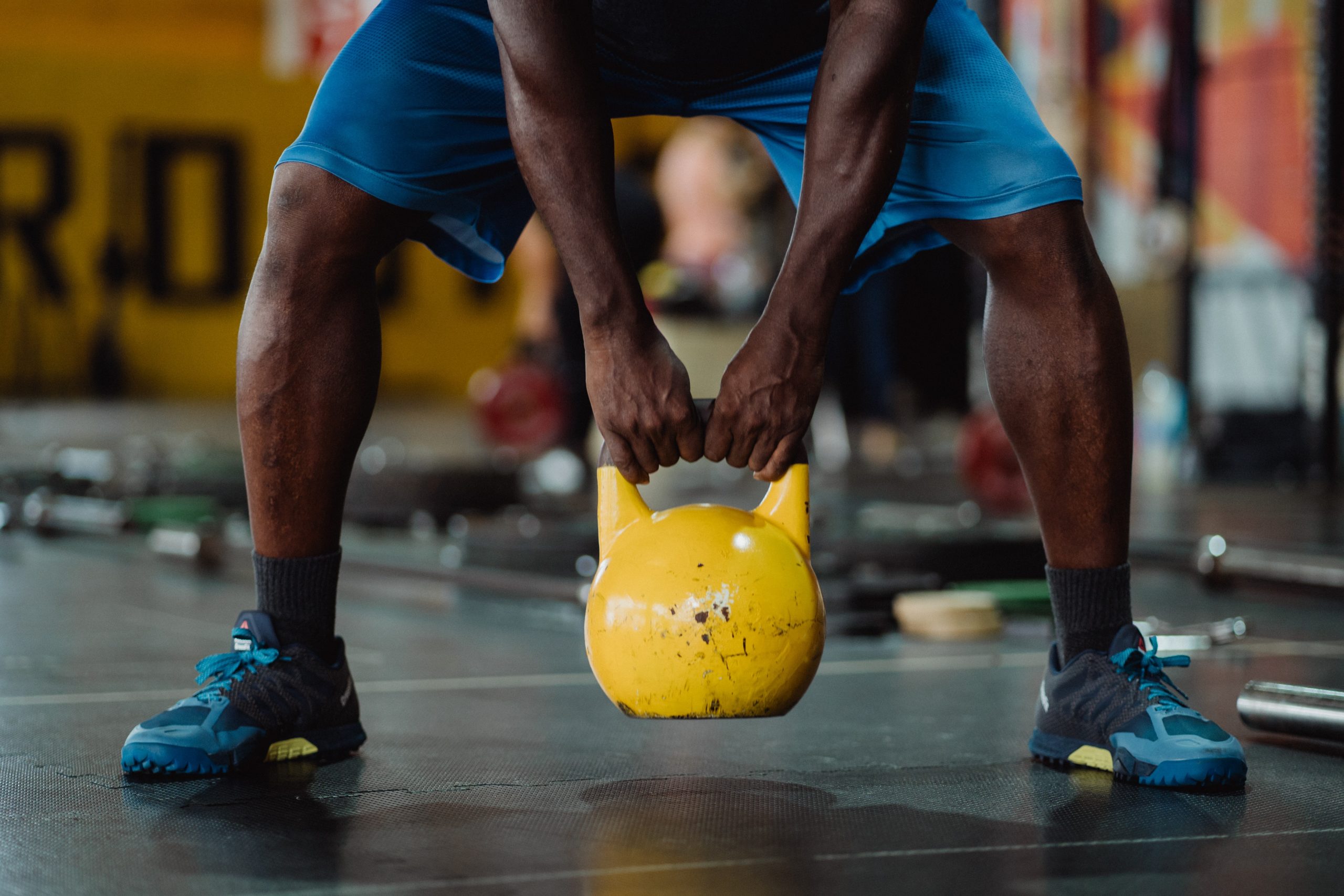
It hasn’t been long since HIIT became the fitness du jour. Just last year, fitness professionals voted HIIT one of the top fitness trends of 2020 in an American College of Sports Medicine survey. But a quick Google search revealed HIIT began way back in 2013 as a New York Times blog entitled the scientific 7-minute workout.
It’s not hard to understand why HIIT surged in popularity. It appealed to our sensibilities as modern men and women, who, leading busy lives, are always looking for ways to use our time more efficiently. And HIIT exactly is an epitome of that.
It promises us that within a short span of time, we can get the job done, and more. What is HIIT, really, and why do a lot of fitness enthusiasts swear (and sweat) by it? Here’s what you need to know about this short, yet intense kind of exercise.
First things first: what is HIIT?
HIIT is a workout that alternates between intense bursts of activity (you have to give it your all) and fixed periods of short rest. The most common and recommended interval is 20 seconds of work, and 40 seconds of rest–time used to catch your breath and gear up for the next round of intense movements.

What kind of exercise? That’s the beauty of HIIT, it can be any exercise you like, as long as it makes your heart rate speed up. Choose exercises that allow you to be explosive, such as running, cycling, jump rope, and strength training (so yoga is definitely out of the question). For both body weight exercises and equipment-aided exercises, think push-ups, burpees, squats, kettle-bell swings and weight-training.
However, HIIT experts do note that HIIT is sometimes interchanged with circuit or interval training, which looks like HIIT, but isn’t actually HIIT.
According to the founder and CEO of TS Fitness in New York City, Noam Tamir (in an interview with SELF), true HIIT is giving your maximum effort during the 20-second work interval, and resting or doing nothing for 40 seconds after.

She explains that true HIIT relies on the anaerobic pathways (breaking down glucose without oxygen) to produce the energy it needs to fuel your body. These pathways provide an immediate yet limited supply of energy, which is why the work interval is quite short.
In contrast, interval training alternates between two activities, typically requiring different degrees of effort, but not necessarily maximum bursts. For example, resting time can be longer than actual workout time.
Doing interval training doesn’t mean you’re not exercising and reaping the health benefits if you don’t strictly follow the HIIT principle, Tamir points out. You will still get gains from that modified HIIIT slash circuit or interval training.

What makes HIIT a hit?
What makes HIIT appealing to a lot of people is that you huff and puff and feel the pain only for a short time. And for them, that’s much better than suffering through a long boring and monotonous exercise, i.e. jogging.
And let’s face it, most people don’t have the luxury of time of going to the gym, and finish a typical routine of warming up, treadmill running, strength-conditioning and cooling down. Some people just want to get it over with, while still being able to get their workout done and reaping the health benefits.
It’s short and sweet, efficient and time-saving. But there are other benefits to HIIT, according to studies.

What other benefits can you get from HIIT?
1. Despite how short the workout is, it can produce health benefits similar to and twice as much as moderate-intensity exercise.
2. With HIIT, your body continues to burn calories, for about 1-2 hours after you exercise. How awesome is that?
Several studies prove HIIT’s impressive ability to increase metabolic rate for hours after exercise, more so than jogging and weight training.
3. HIIT allows you to burn a lot of calories in a short amount of time.
During those 20-second work intervals, your heart rate spikes up. You burn calories as that happens.
Researchers found that HIIT burned 25-30% more calories than other forms of exercise, like steady-state workouts (such as running or cycling).
4. Your metabolic rate is higher for hours after HIIT.
HIIT has an impressive ability to increase one’s metabolic rate for hours after exercise. In a study, the researchers found just 2 minutes of HIIT in the form of sprints was more effective in increasing metabolism than 30 minutes of steady-state running.

5. HIIT can improve oxygen consumption.
Regular running or jogging improves blood flow and oxygen consumption. HIIT can give you the same benefit, albeit in a shorter span of time.
6. HIIT offers the same health benefits as steady-state workout, in a shorter amount of time.
It can reduce heart rate and blood pressure in overweight and obese individuals. It can also reduce blood sugar.
7. It’s fun and never boring.
One huge factor why people have hard time keeping a workout routine is that routine is boring. With HIIT, it’s never boring. You can go for a variety of exercises and simply apply the HIIT principle. Switch between running, strength training, cycling, or doing home body weight exercises—whatever will fit your mood, your schedule and your time. And because it’s fun, it’s highly likely you’ll stick with it.
Conclusion
For people who have busy schedules, or who want to make the most out of a short span of time, HIIT is the way to go. If you’re beginning a HIIT routine, it’s best to consult with a fitness instructor first. Don’t forget to warm up and cool down, to avoid injury and burnout.
Most importantly, remember that HIIT is not that something you should do daily. Experts recommend 1-2 HIIT workouts per week, complementing other moderate kinds of exercise.
When time is of the essence, HIIT’s got your back.
Tags



0 Comments